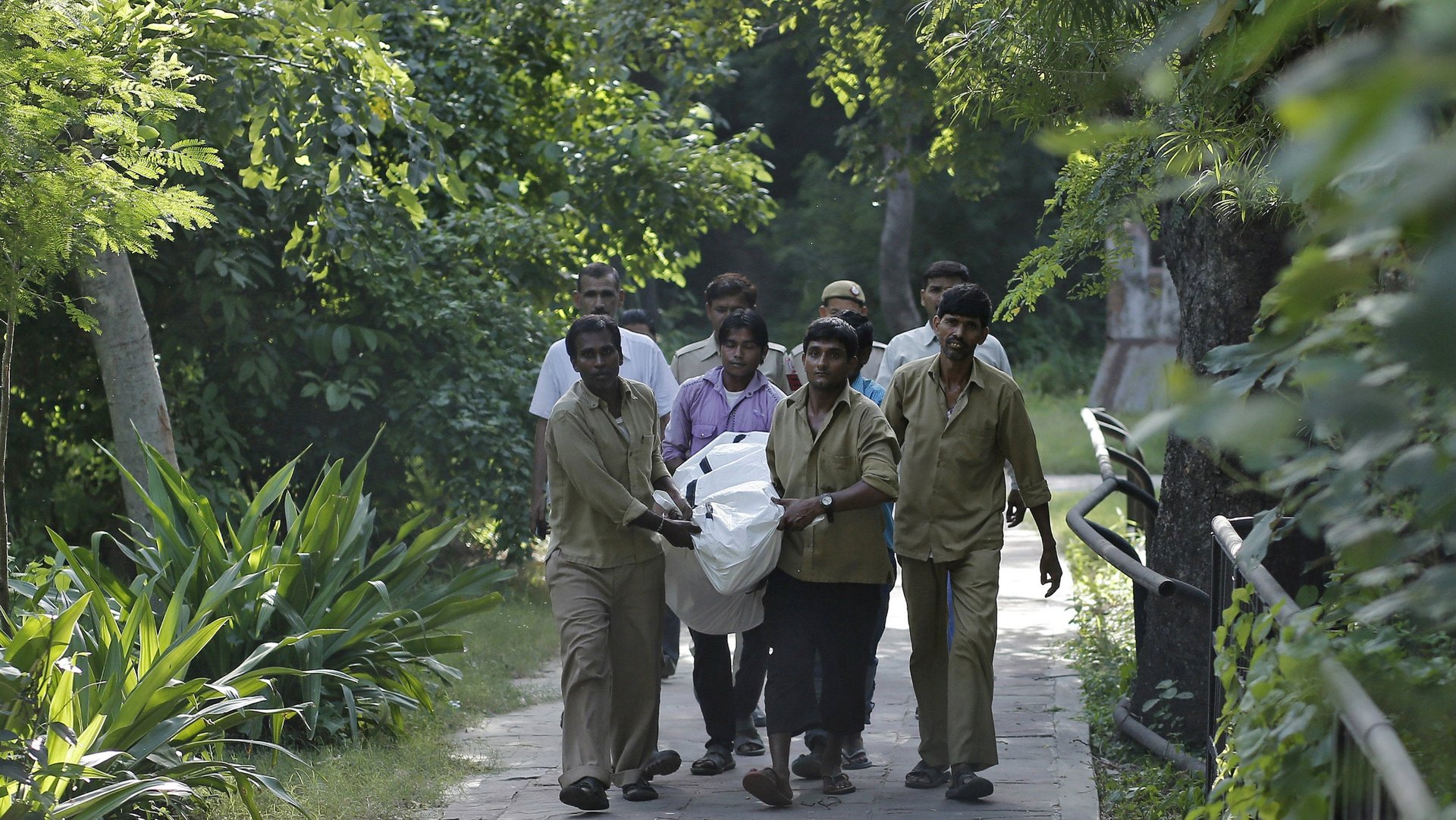Is it time to shut the Delhi Zoo?
The death of a 20-year old man inside the white tiger enclosure at India’s National Zoological Park, better known as the Delhi Zoo, is the latest in a long history of avoidable tragedies.


The death of a 20-year old man inside the white tiger enclosure at India’s National Zoological Park, better known as the Delhi Zoo, is the latest in a long history of avoidable tragedies.
Whether the man who was killed jumped into the pen or leaned too far and fell is a matter of debate. But as any visitor to the 55-year-old zoo knows, it is relatively easy to do either. The walls separating visitors from the white tiger enclosure are lower than waist height for most adults, and the tigers themselves roam on a slight incline, just a few unnerving feet away from the crowds. Making matters worse, security guards on the scene threw stones at the tiger, which seemed to provoke it to attack, eyewitnesses said, when they should have fetched tranquilizing equipment that was just 350 feet away (paywall).
This is the first human death at the zoo in recent history, but the facility is so poorly run that dozens of animals die there every year from unnatural causes, including:
- A hippo in 2002 from severe stomach bleeding, believed to be caused by an infection.
- 18 black bucks in 2010, after consuming sewage-laced water from the Yamuna River.
- Two giraffes in 2011, just weeks apart, after one got its head stuck in a y-shaped branch in its enclosure and the other developed “severe diarrhea.”
In fact, the deaths that make the papers are just a small fraction of the zoo’s animal tragedies. In the 12 months to March 31, 2014, 60 mammals, including an endangered sloth bear and five Bengal tigers, died at the zoo, according to its most recent online animal inventory.
The zoo does not list its reptile or bird deaths for the previous year. Overall, though, mammal deaths appear to be rising in recent years. In the twelve months until March 31, 2013, 80 animals in total and 54 mammals died at the Delhi Zoo. There were 70 total animal deaths the year before, according to data compiled by Mail Today.
These problems are nothing new. Back in 1993, India Today wrote “The Delhi Zoo is a jungle in which humans battle for survival and animals die,” citing 450 birds on the zoo’s records that had gone missing.
Bishan Singh Bonal, the bureaucrat who runs India’s Central Zoo Authority, has complained in the past that overlapping agencies make it hard for the Delhi zoo to make improvements, and its location on the Yamuna River make it prone to floods from the river’s polluted water that lead to animal deaths. The zoo has for years been violating many of the country’s regulations for zoos, including, most fundamentally:
The zoo shall ensure that the enclosure is safe and secure for the animals, animal keepers and the visitors and has requisite space for free movement, exercise and expression of natural behavior by the animals.
The facility does provide a much-needed green respite for thousands of Delhites every week. But it would be safer for the hundreds of animals now lodged there—and, as this week’s incident shows, some of the visitors themselves—if Delhi Zoo became a park instead.